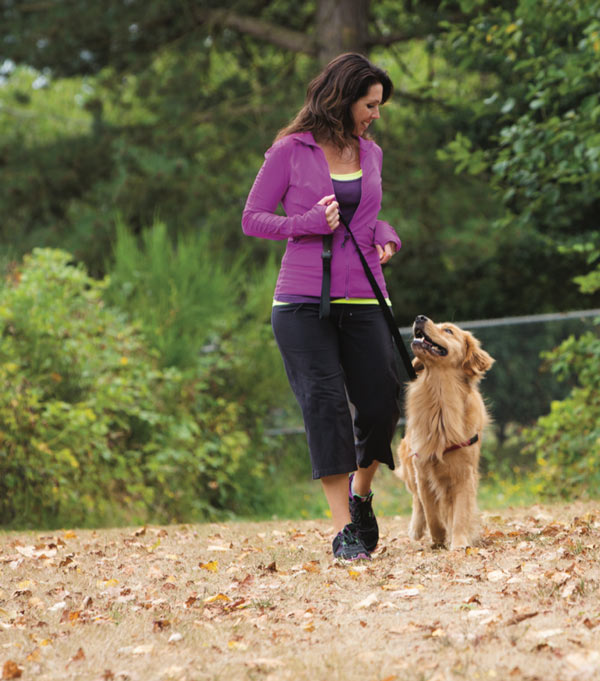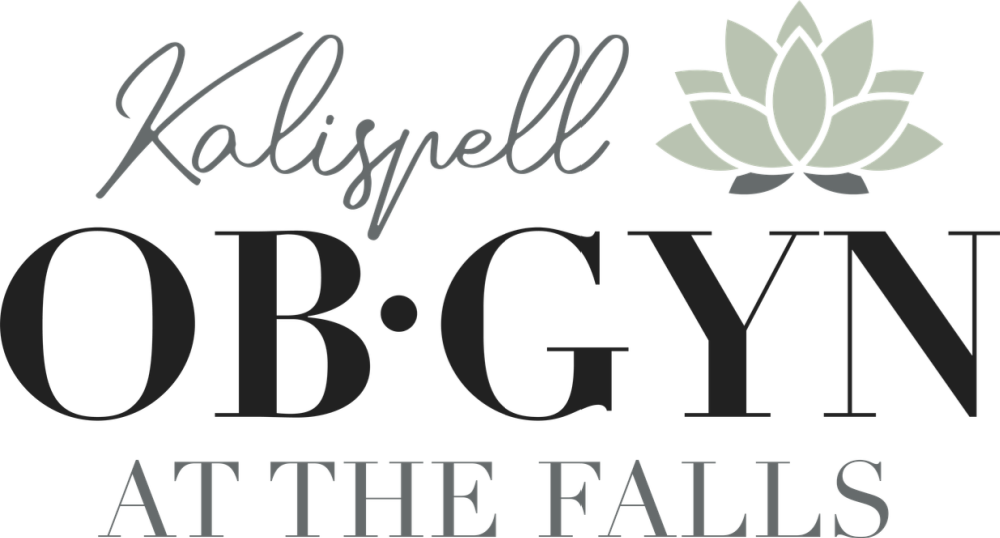150 Minutes For Your Health

Kimberley Forthofer, ARNP – Kalispell OB/GYN
Obesity Rates Are Increasing
According to the American College of Sports Medicine (ACSM) position statement and the 2008 Physical Activity Guidelines for Americans most healthy adults should engage in 150 minutes of moderate intensity exercise per week.
Approximately 35% of the United States population is considered obese with nearly 70% of the population being considered either overweight or obese. Obesity is on the rise as are the chronic medical problems associated with it. In the state of Montana heart disease is projected to impact more than 300,000 individuals by 2030.
Though Montana’s obesity rate is the 10th lowest in the United States, obesity rates are ever increasing; up over 15% since 2000 (2014 data) as obesity is growing in the younger population. Most people acknowledge the importance of exercise and the positive health effects associated with regular physical activity, though few are incorporating it into their weekly routine.
“150”
150 is a daunting number. Who has an extra 150 minutes of time between all of the hustle and bustle of the typical daily demands to make time for added exercise? It is time to make time for you!
The amount of exercise needed to meet the recommendations can be broken down into daily amounts as little as 21.4 minutes per day, to be exact, or approximately two 10 minute walks per day.
Alternatively, 30 minutes of exercise 5 days per week or better yet 50 minutes 3 days per week. If you exercise at a more vigorous intensity, which is defined as only being able to carry out short phrases of conversation versus moderate being able to carry out a conversation comfortably during activity, then exercise duration can be reduced to as little as 20 minutes 3 days per week. It is important to include strength and exibility activities as well as this improves muscle tone, balance and reduces the risk of injury.
How do you start an exercise plan and what do you do for exercise?
Depending on your initial state of health and your physical limitations having a conversation with your health care provider is an important place to start. Most individuals are capable of exercise, but it is important to know if you do have chronic health problems and if there are any recommended restrictions.
It is common thought that more is better and when it comes to exercise often there is a preconceived notion that it has to be hard and intense to have benefit. This is not exceptionally the case. As we discussed above the importance of exercise is to reduce body fat and therefore reduce the risks of chronic medical problems that come with this.
It is important to understand some of the physiology of exercise and to understand that not just focusing on a number on the scale is a direct indicator of the benefits of physical activity. During different types of exercise different energy pathways are utilized.
During exercise of low intensity and longer duration up to 1 hour fat is the primary fuel source, whereas, in contrast in brief exercise at extremely high intensity carbohydrates are relied upon.
When exercise intensity is more vigorous a combination of carbohydrates and fat are burned, but with carbohydrates being the preferred fuel. For individuals starting an exercise program at an advised low intensity, it is reasonable to pair this with a low carbohydrate diet as fat will be utilized in the absence of added dietary carbohydrates and, therefore, stored carbohydrate and primarily fat stores will be used leading to the positive outcome of weight loss.
This is all very scientific and probably boring, but the point is that a 30-minute walk is just as useful as a 20 minute run. Although you might not be huffing, puffing, and sweating profusely you are still using up energy stores also known as calories.
The benefits of exercise are invaluable, not only does it control weight, but it can improve your mood, boost energy, strengthen bones, help with restful sleep, and reduce the risks of disease.
Millions visit Montana each year to hit the slopes, hike the trails, and enjoy the rivers and lakes that the state has to offer. No matter what time of year it is there are so many activities to take advantage of in Montana.
So get out, get moving, and make time for your health.
*You can find more women’s health articles at 406Woman.com
 Kimberley Forthofer, ARNP joined Kalispell OB/GYN in July of 2013. Kimberly earned her Bachelor of Science in Exercise Science from Montana State University and worked as Physical Therapy Aide and Athletic Trainer before return-ing to school and earning her Master of Science in Nursing from Pacific Lutheran University. She offers a wide range of experience in primary care as well as women’s health.
Kimberley Forthofer, ARNP joined Kalispell OB/GYN in July of 2013. Kimberly earned her Bachelor of Science in Exercise Science from Montana State University and worked as Physical Therapy Aide and Athletic Trainer before return-ing to school and earning her Master of Science in Nursing from Pacific Lutheran University. She offers a wide range of experience in primary care as well as women’s health.
